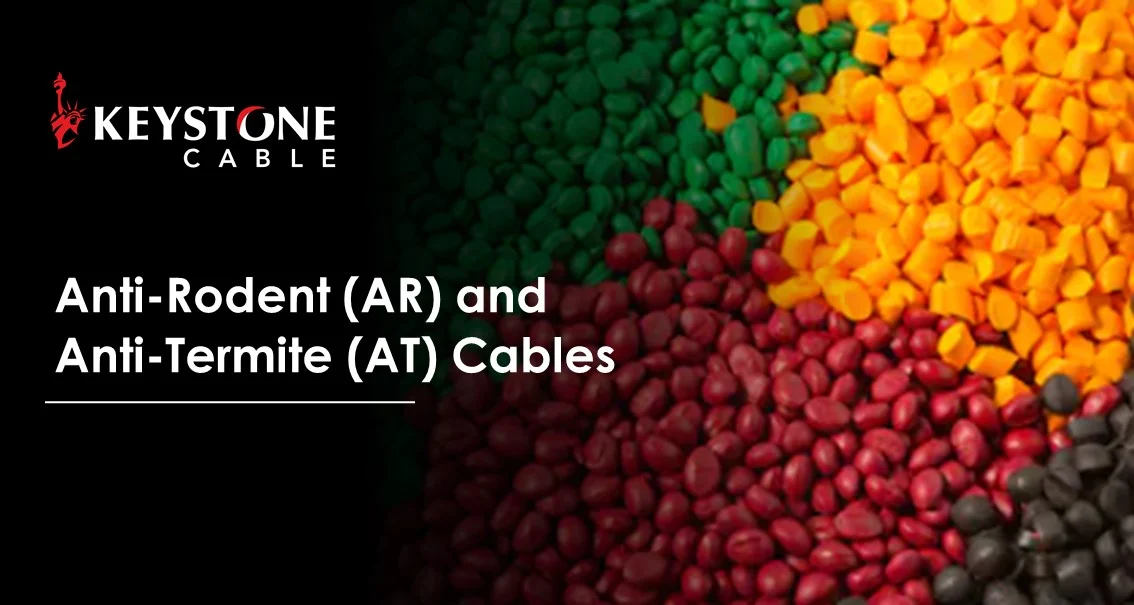Electrical cables are installed in almost all types of environments, and some are in areas more conducive to exposure to pests, rodents or termites. This is especially so for cables that are buried direct or for underground use cables.
Cable materials are attractive to rodents due to plasticizers and aromatic odours. The colour and texture of the cable sheath material are also attractive to them. Termites live in underground nests deep in the soil. While their basic diet is cellulose, such as organic wastes and roots of plants, once they have consumed natural sources of cellulose, they would look for other manmade sources, such as cables.
When the cable insulation layer is chewed through, this can cause short circuits and potentially start an electrical fire. Therefore, where there is a risk of pests, rodents or termites, we would need to consider protective barriers or additives to be added to the cables to prevent damage.
How can we protect cables from rodents, pests and termites?
There are two general methods to protect cables from rodents, pests and termites: physical barriers and chemical additives.
Physical barriers
For rodent and pest issues, physical barriers that help protect against them include using conduits and armouring tapes. These barriers prevent pests and rodents from gnawing on the cables. Using fibre-glass yarns is popular for optical fibre cables, but it becomes broken when bitten and unpleasant for rodents.
For termites, an effective long-term physical barrier would be Nylon-12, which is a rigid material that termites are unable to bite through.
In general, these physical methods may last longer but also tend to be costly.
Chemical additives
An effective alternative is the use of chemical additives labelled pest resistance (PR), anti-rodent (AR), and anti-termite (AT). Additives are added to the outer sheath of the cable when extruded to provide long-lasting effectiveness due to the controlled release of the active ingredients.
Examples of anti-rodent ingredients include capsaicin (think chilli!), which is added and causes the sheath to have a spicy or bitter taste, discouraging animals from gnawing on the cables. Since the olfactory sense of animals is superior to humans, the additives give off an unattractive scent to animals but are non-toxic and not detectable to humans.
On the other hand, anti-termite cables are treated with insect growth regulators, which serve to repel and disrupt their growth and reproduction rather than exterminate them.
If you know your cables will be installed in an environment where there could be potential pest attacks, check in with your cable manufacturer on the physical or chemical additives that would suit your needs.
At Keystone, regarding AR, PR, and AT chemical additives, our approach has been to use:
1) non-toxic products that are not harmful to humans or animals
and
2) environmentally safe products.
For more information on preventing pest attacks on your cables, please contact us.

